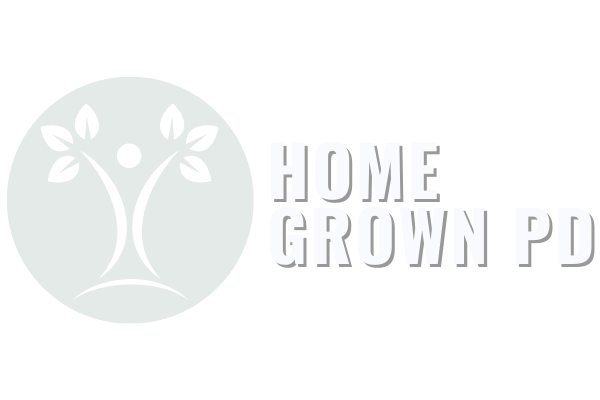No More One-Size-Fits All
Want to strike fear into the heart of any teacher? Just say ‘differentiate your instruction’!
Food for thought:
Have you noticed that when you try to teach to the ‘average’ student, you’re actually teaching to none of your students? Few, if any, students fall down the middle when it comes to academic needs.
But the problem with differentiation is clear — how can teachers manage to make it work in the little precious time they have? One of the major misconceptions is that differentiated instruction means designing a custom lesson for each student every day of the school year. No teacher could keep up that pace…and they shouldn’t have to.
Instead, differentiated instruction takes a few different forms, each of them sustainable and effective for improving student learning. We can differentiate with EdPuzzle by:
I. Varying modes of assessment: When teachers give students choice in showing what they know, they can give each student the ability to demonstrate mastery of the course content and skills.
II. Intentional Grouping: Teachers today have more data than ever on student abilities. Using this information, teachers can group students in ways that allow for effective collaboration and efficient small group instruction.
III. Self-Paced Learning: Anyone who has spent time in the classroom knows that students work at different speeds. When teachers clearly set learning goals and provide the right structure and expectations for their classrooms, students can learn more effectively by moving at their own pace.
Of course, none of these suggestions is a magic bullet! Teachers have a unique teaching situation and roster of students, which means the approach to differentiation may look totally different than the suggestions above.


